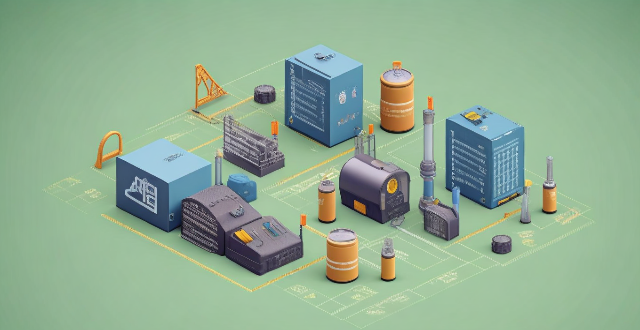Lithium batteries work by using the chemical reaction between lithium ions and other materials to generate electricity. They consist of a cathode, anode, electrolyte, and separator. During charging, electrons flow from the cathode to the anode through an external circuit, causing lithium ions to move towards the anode and be stored there. During discharge, lithium ions move back to the cathode, releasing electrons in the process that provide power to a device. Lithium batteries have a high energy density, long lifespan, low self-discharge rate, and are used in various applications.

How Do Lithium Batteries Work?
Lithium batteries, also known as lithium-ion batteries, are a type of rechargeable battery that is widely used in various electronic devices such as smartphones, laptops, and electric vehicles. These batteries work by using the chemical reaction between lithium ions and other materials to generate electricity. In this article, we will delve into the working principles of lithium batteries and their components.
Components of a Lithium Battery
A typical lithium battery consists of several key components:
1. Cathode: The cathode is made up of lithium compounds that release lithium ions when charged.
2. Anode: The anode is usually made of graphite or other carbon-based materials that can store lithium ions.
3. Electrolyte: The electrolyte is a liquid or gel that allows lithium ions to move between the cathode and anode.
4. Separator: The separator is a thin layer of material that prevents direct contact between the cathode and anode, preventing short circuits.
Working Principles of a Lithium Battery
When a lithium battery is being charged, an external power source forces electrons from the cathode to the anode through an external circuit. This process causes lithium ions to be released from the cathode and move towards the anode. As they move, they pass through the electrolyte and are stored in the anode.
During discharge, the process is reversed. Lithium ions move from the anode back to the cathode, releasing electrons in the process. These electrons flow through an external circuit, providing power to the device connected to the battery.
Here's a step-by-step breakdown of how a lithium battery works:
1. Charging: When a lithium battery is connected to a charger, it applies a voltage across the terminals of the battery. This forces electrons to flow from the cathode to the anode through an external circuit. As electrons are removed from the cathode, lithium ions are released and move towards the anode. They pass through the electrolyte and are stored in the anode material.
2. Discharging: When a device is connected to the battery, it draws current from the battery. This causes lithium ions to move from the anode back to the cathode. As they move, they release electrons which flow through an external circuit, providing power to the device.
3. Repeating Cycle: The charging and discharging process can be repeated multiple times until the battery reaches its end-of-life cycle. Over time, the capacity of the battery may decrease due to factors such as age or usage patterns.
Advantages of Lithium Batteries
Lithium batteries have several advantages over other types of batteries:
- High Energy Density: Lithium batteries have a high energy density, meaning they can store more energy per unit volume than other types of batteries.
- Long Lifespan: Lithium batteries can last for several years with proper care and maintenance.
- Low Self-Discharge Rate: Lithium batteries have a low self-discharge rate, meaning they lose less charge when not in use compared to other types of batteries.
- Wide Range of Applications: Lithium batteries are used in various applications ranging from small electronic devices to large electric vehicles.
In conclusion, lithium batteries work by using the chemical reaction between lithium ions and other materials to generate electricity. Their components include the cathode, anode, electrolyte, and separator. The charging and discharging process involves the movement of lithium ions between the cathode and anode, with electrons flowing through an external circuit to provide power to a device. Lithium batteries offer several advantages over other types of batteries, making them a popular choice for various applications.